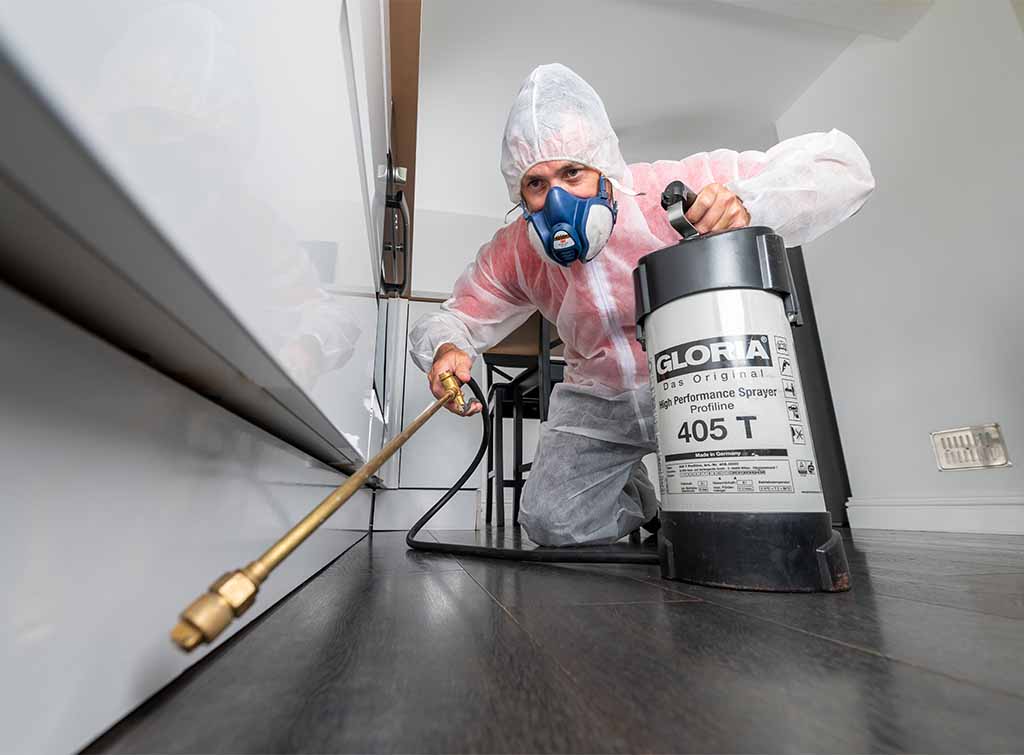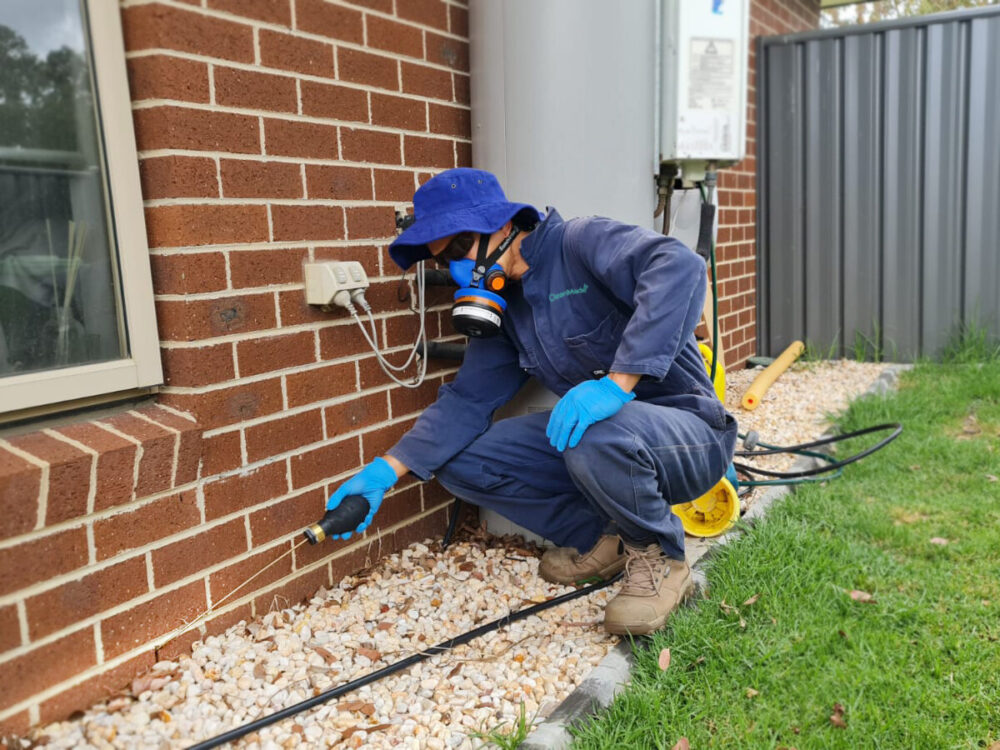Roof rats are opportunistic creatures that will take advantage of any food, water, or shelter they can find. To prevent a rat infestation, keep food and garbage in airtight containers, wipe down counters and other surfaces, and remove potential nesting sites like piles of leaves or fallen branches.
Rats need a steady supply of water, too, so clean up any standing water sources like puddles, birdbaths, and leaky faucets. Contact Roof Rat Removal Service Texas now!

As its name suggests, roof rats are masters at climbing and finding access to higher areas of your home. These rodents are most active at night and may leave gnawed holes in your shingles, wood and electrical wiring, and other materials. You may also notice faeces, urine stains, or other signs of rodent activity. Additionally, you might be able to hear scurrying and chewing sounds or even the rat’s high-frequency ultrasonic vocalisations.
These signs and symptoms can be quite serious and can cause damage to your property. You can minimize the risk by blocking access points around your home. As these rodents can squeeze through openings as small as a quarter, it’s important to seal cracks and crevices around doors, windows, screens, air vents, floor drains, and sewer pipes. You can use caulk or steel wool, and consider a chimney cap for your home’s vents as well.
In addition, keep garbage cans tightly closed and eliminate food crumbs. Trim tree limbs and shrubbery that hang over your roof, as these can provide entry into your home or building’s highest levels.
Because these rodents breed quickly, a small problem can rapidly grow out of control. It’s important to take preventative steps against them by implementing a pest management plan. Rather than relying on traps and poisons, which often just move the problem up the food chain, this plan is designed to eliminate the rats by reducing their habitat and sources of food.
PURCOR is proud to offer a range of effective methods for controlling roof rats and their nests. Whether you are looking for traditional snap or electronic traps, our trained professionals have the right solution for your unique situation. Contact us today for more information.
Because roof rats love to hide, you’ll likely find their nests in out-of-the-way places like attics and the upper floors of your home. However, they are adept climbers and will also find their way inside through open vents, unsecured roof soffits, and damaged window frames. To prevent this, regularly inspect your roof and exterior walls for any cracks or gaps that could be an entry point for these rodents. You can seal these with caulk or material that’s resistant to their gnawing and roosting, such as steel wool or hardware cloth.
Sanitation
When roof rats get into buildings, they cause structural damage and contaminate food sources. They also carry diseases, like leptospirosis and salmonellosis, which can be transmitted to humans. Effectively dealing with them requires both immediate action to deal with a problem and preventive strategies to keep them from returning.
Unlike other rodents, which are solitary, roof rats tend to live in colonies. Because of this, a small infestation can quickly grow into a large one if not dealt with promptly. Symptoms of a roof rat problem include droppings, gnawed food items, and scurrying sounds at night.
Since roof rats are nocturnal, they tend to search for food at night. If you have pets, you may notice them becoming more animated at night or spending time with their face pressed against the ceiling. Scurrying sounds and squeaking can be heard as well.
Preventing a roof rat infestation can be done by restricting access to food and water sources. Store food in rodent-proof containers and dispose of garbage regularly. Keep wood piles and debris away from the house, and clean up cluttered areas to discourage nesting sites.
In addition, sealing entry points can help prevent a roof rat infestation. Make sure that all windows and doors are sealed, and caulk any cracks or holes larger than a quarter. Also, close outside air vents and fix leaky faucets to prevent the entry of water.
Finally, it’s important to eliminate shelters that can attract roof rats. Trimming overhanging branches, removing brush and wood piles from the yard, and cleaning up fallen fruit can all help deter them.
While do-it-yourself solutions for a roof rat problem can offer some temporary relief, they usually fail to fully eradicate the infestation and often leave behind noxious odors and insect populations. A professional pest control service offers a comprehensive treatment that includes both preventive methods and trapping, as needed. With the help of a pest management company, homeowners can enjoy a rat-free home and prevent future problems.
Baiting
If an exclusion program is not successful at reducing a rat population, baiting techniques may be required. This is because roof rats are highly adaptable and can quickly re-establish themselves in areas with food, water and shelter. In addition, their high reproductive rate means that a small rat problem can quickly become unmanageable.
Generally, the same baits used for Norway and house mice are also effective for controlling roof rats. However, a smaller bait size is often more effective for this species. Glue boards are also effective for roof rats, but they need to be placed on rafters and along other travel routes. They are less effective for interior use and can be more difficult to set up effectively.
Snap traps are one of the best ways to catch and kill roof rats. The steel bar on these traps snaps down on the neck of the rat with great force, killing it instantly without causing any unnecessary pain or suffering. They are very efficient, but it’s important to check them daily for dead rats.
It is also a good idea to keep pantry items like cereal, pasta, nuts, grains and pet foods sealed in airtight containers to reduce the temptation of roof rats. Cardboard and paper garbage should be disposed of regularly, as rats will use it for nesting material. Make sure to wipe down kitchen countertops and pantry shelves frequently, and store all canned foods and dry goods in a secure container.
Other controls include limiting the amount of debris or brush near buildings, and trimming vines and other vegetation away from the structure. This can limit access to hiding spots for raccoons, squirrels and other predators. In addition, regular inspections, promptly addressing structural vulnerabilities and implementing preventative measures are key to preventing a rat infestation.
A well-coordinated community pest management strategy is often the most effective way to prevent a rat infestation. Share rat prevention tips with neighbors and work together to address neighborhood-wide issues that might be attractive to rats, such as overgrown vacant lots or open trash cans. Combined with ongoing preventative maintenance, these strategies can ensure that your home is rat-free for good.
Trapping
Due to their adaptable nature, climbing skills and prolific reproduction, roof rats are difficult to control. While traditional trapping and poisoning may reduce populations, this is a short-term solution that does not address the conditions that are attracting these rodents to your property in the first place. To achieve long-term rat control, an integrated pest management (IPM) approach is necessary. This strategy combines elements of exclusion, sanitation, trapping and, if necessary, chemical controls to minimize pest populations with the least impact on people, pets and the environment.
Nocturnal droppings and gnawed wires are clear indicators of roof rat activity. These rodents love to nest in attics and unused upper areas of buildings where they find shelter, safety and seclusion. Piles of rubbish or wood, rafters and wall voids are also favored locations for these creatures. Other signs of a roof rat infestation include greasy rub marks on walls and ceilings, torn insulation and gnawed sheetrock. Hearing scurrying in the walls or attic at night is another good indicator that a rat infestation is present.
Snap traps are one of the most effective ways to catch these critters. Using a traditional steel bar to snap down on the animal’s neck, these traps are humane and cause little distress to the rodent. Glue traps, which are flat pieces of cardboard coated in glue, are less humane and more dangerous than snap traps. When a trapped rat struggles to free itself, it can rip its own limbs off and chew through its own body, causing painful, slow death. Poisons are also unnecessarily cruel as they usually contain anticoagulants that thin the blood and cause internal bleeding. These chemicals can also swell the body, cause seizures and a myriad of other unpleasant side effects.
The most humane way to get rid of rats is by sealing entry points and removing food sources. Ensure all doors and windows are tightly sealed, and use caulk to seal any cracks. Store bulk foods in tight plastic containers, and rake and compost yard waste regularly to eliminate potential food sources. Keep pet food out of reach, and wipe crumbs off sides of counters and tables.
